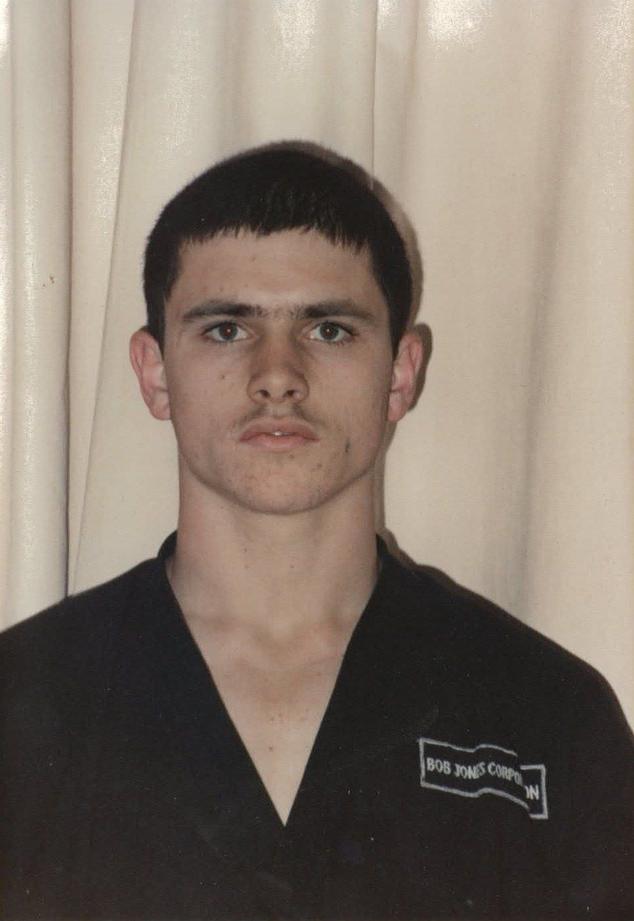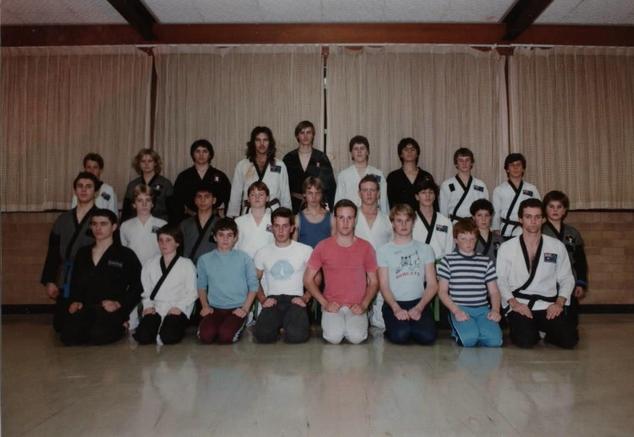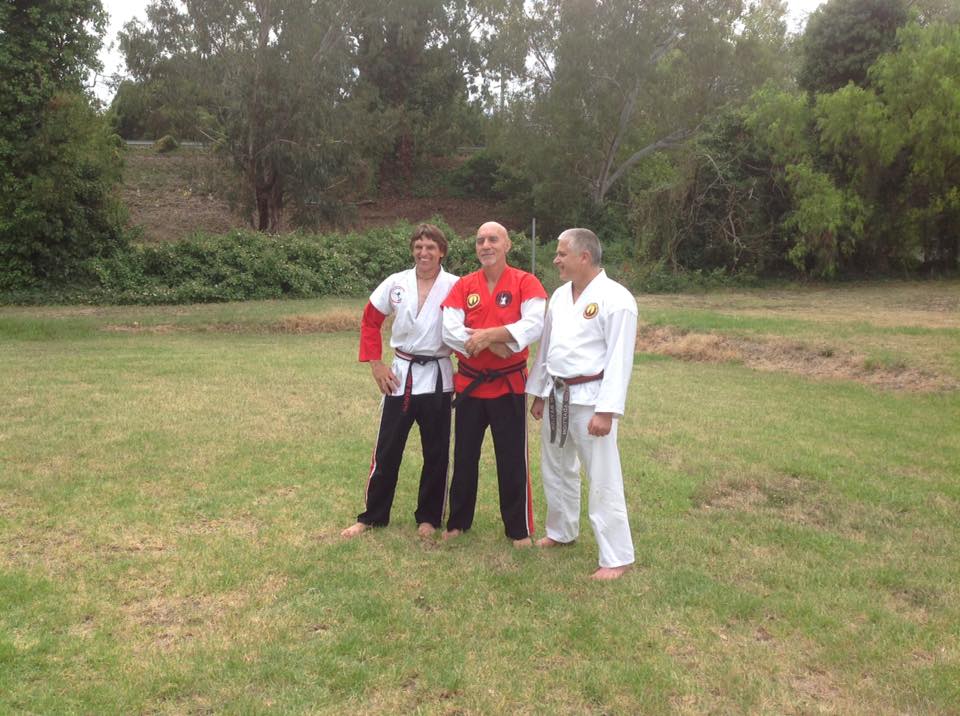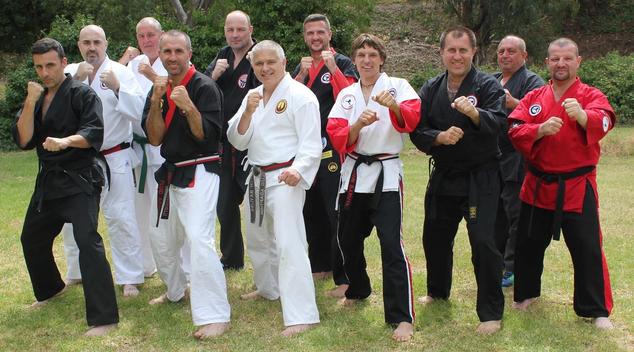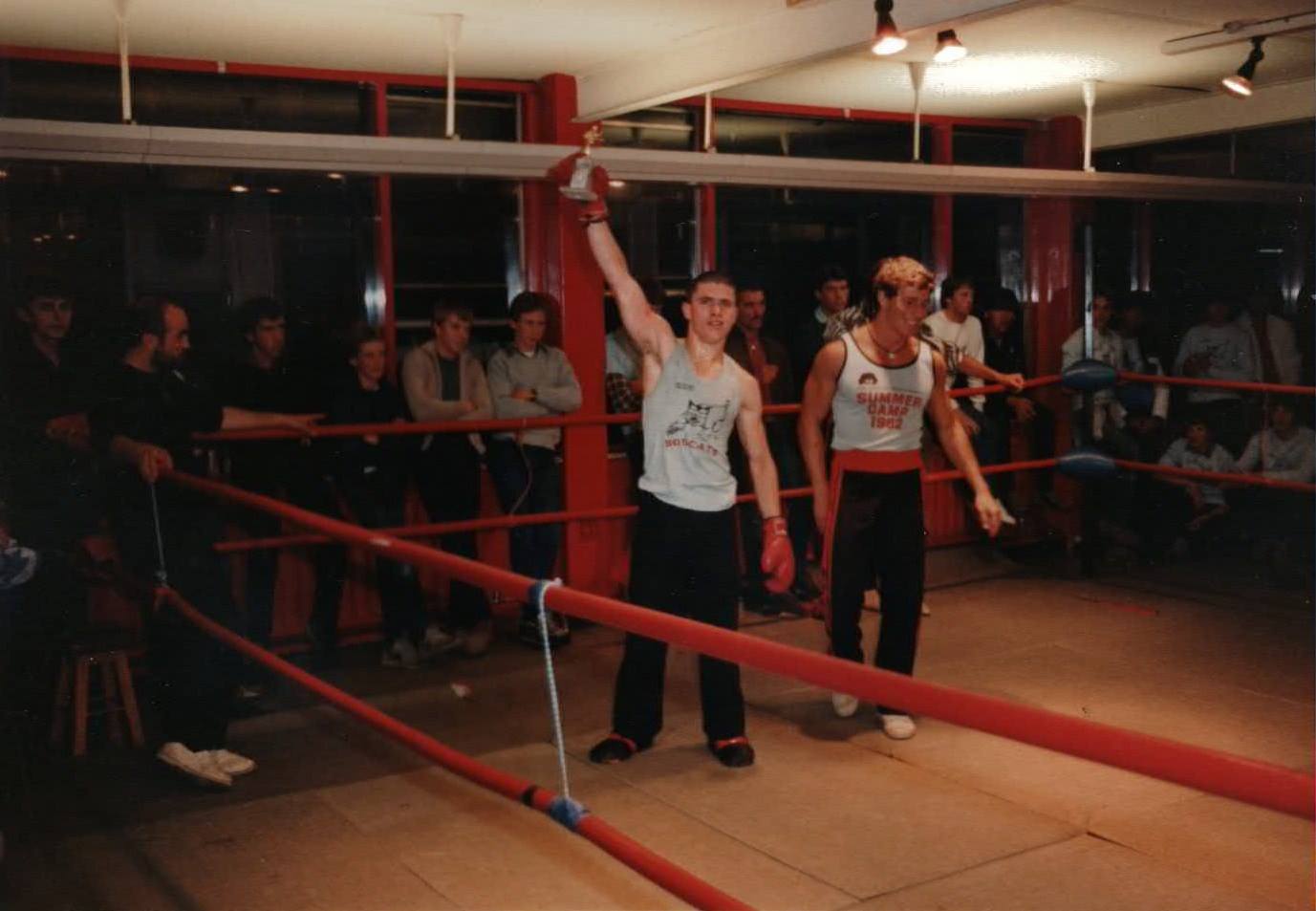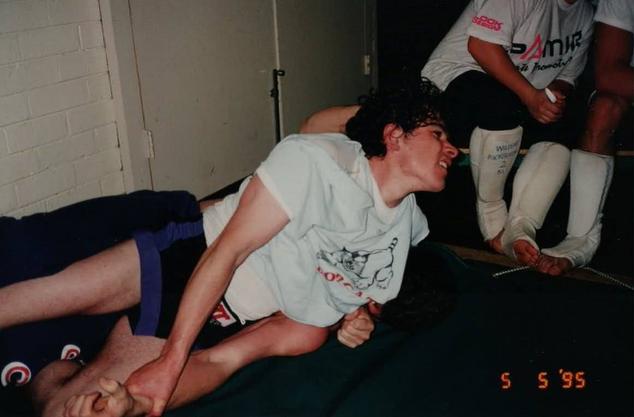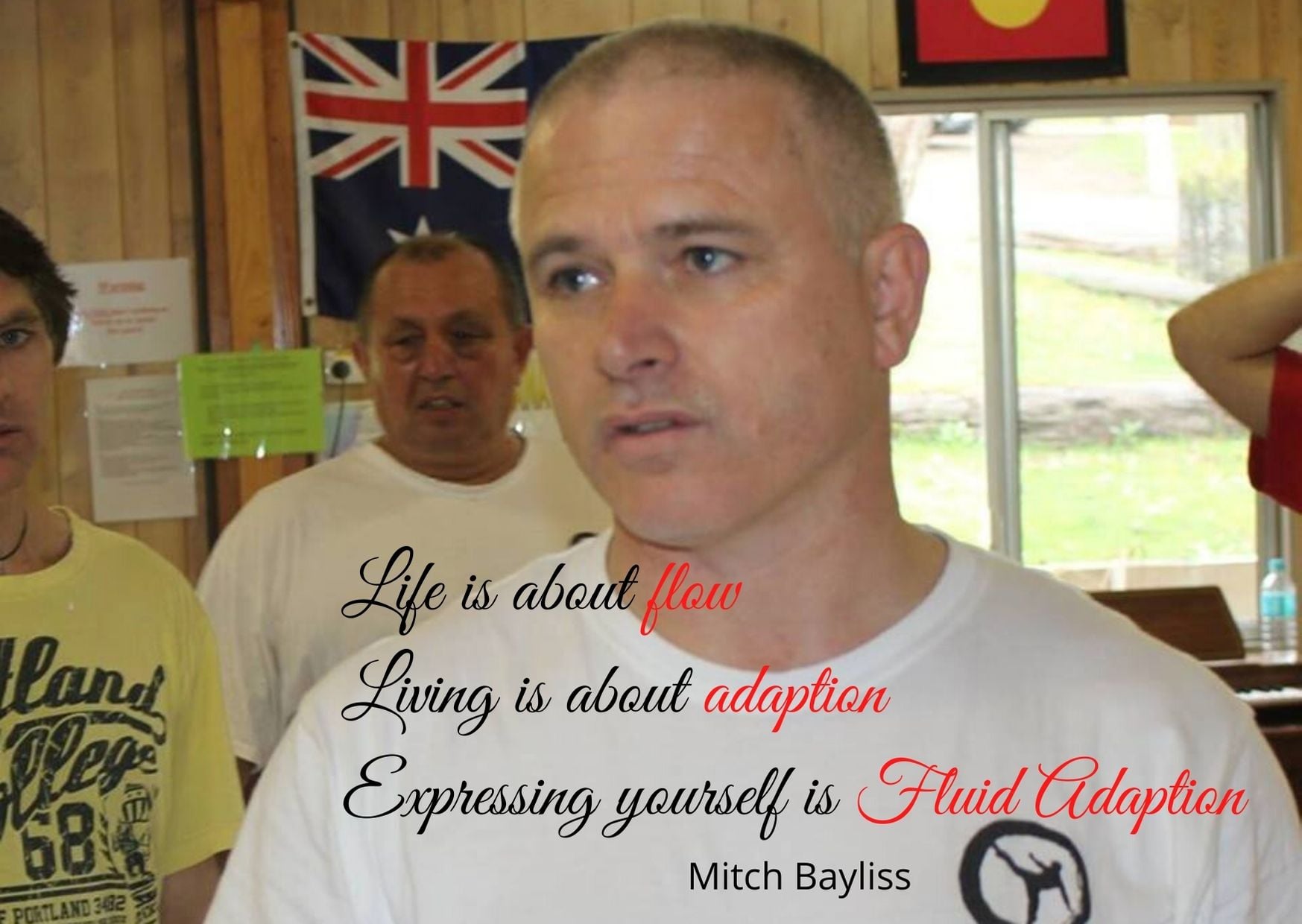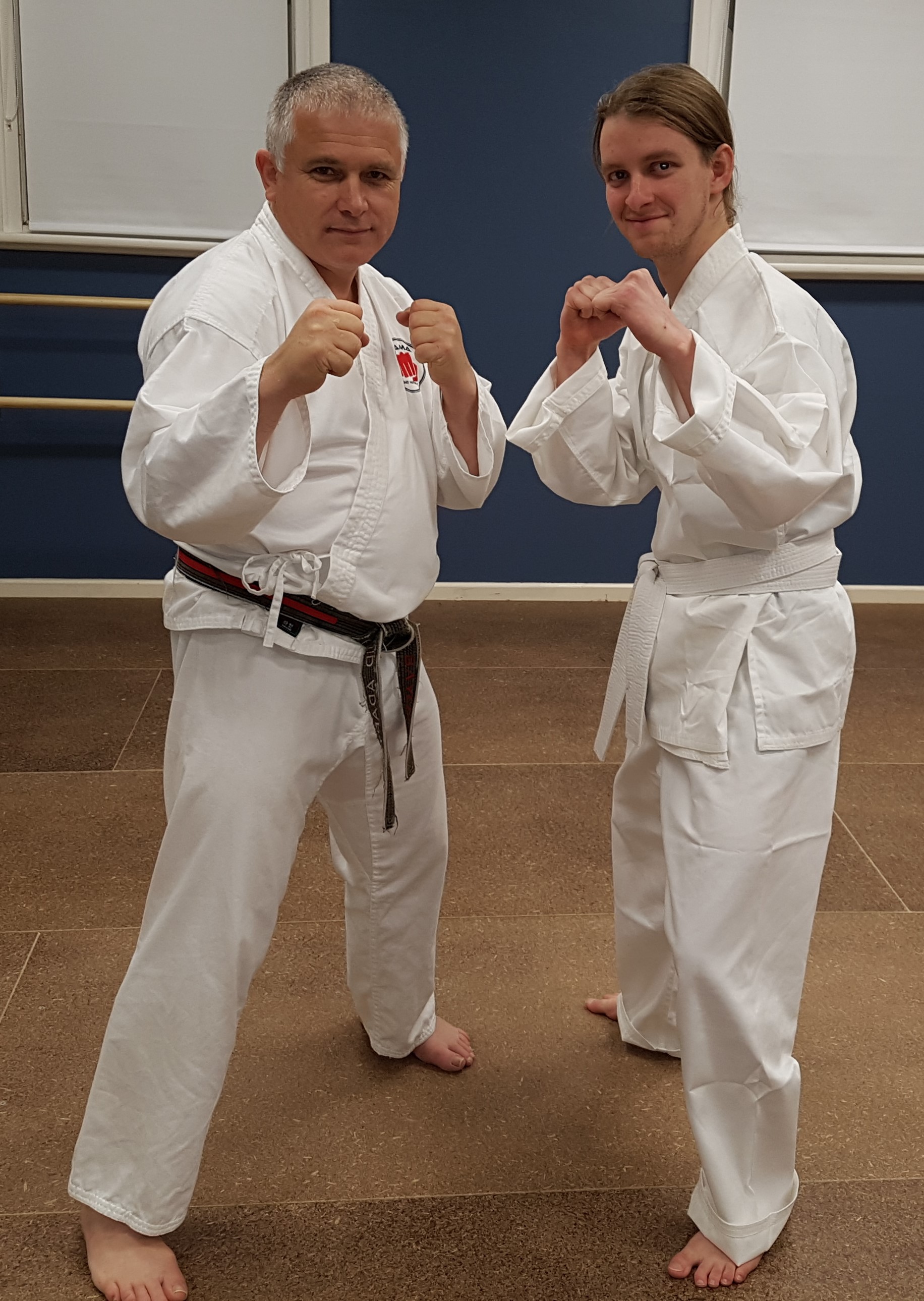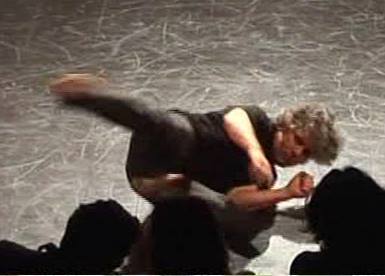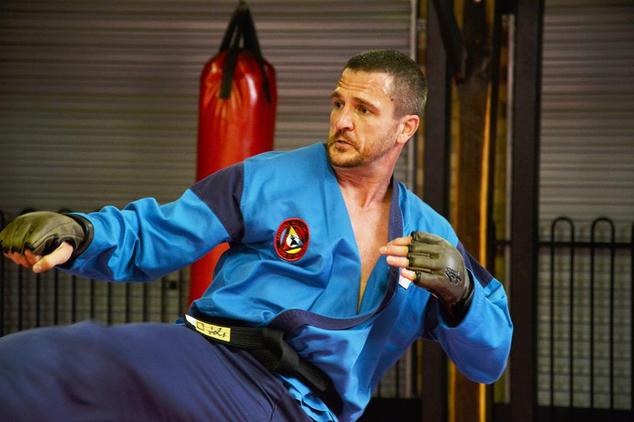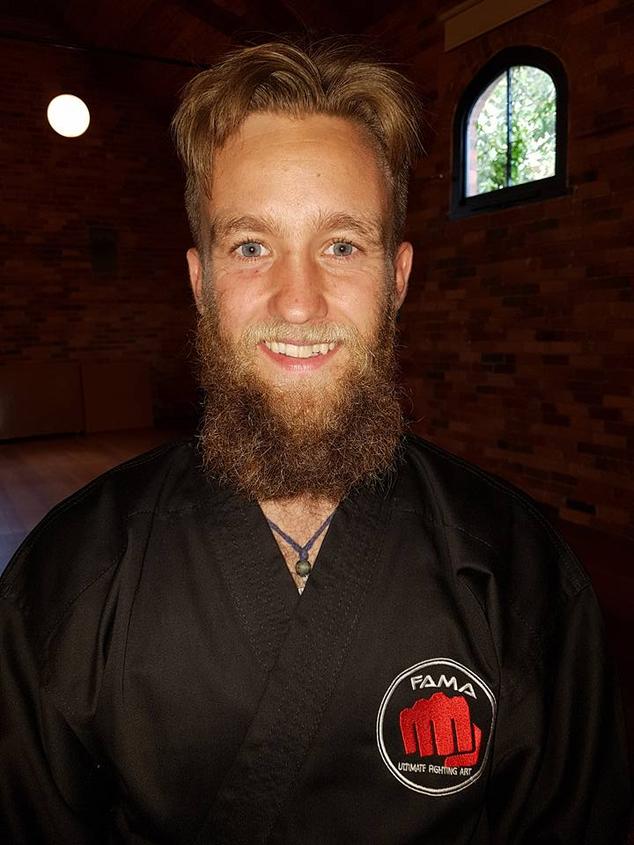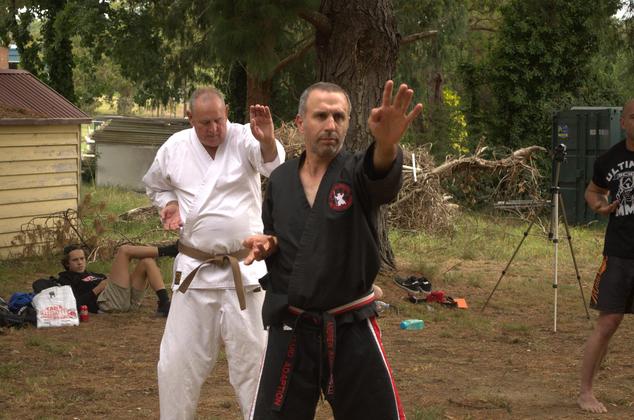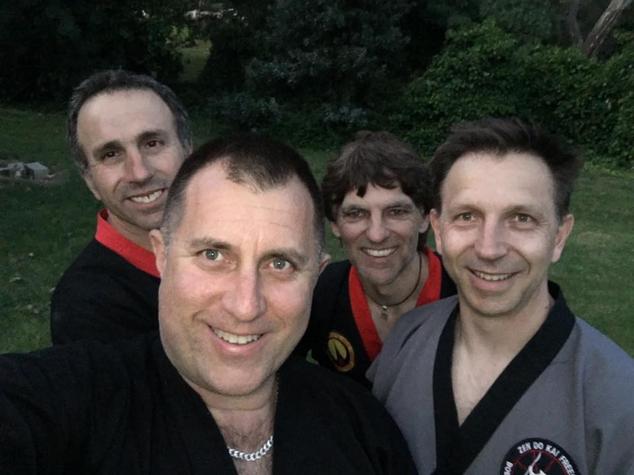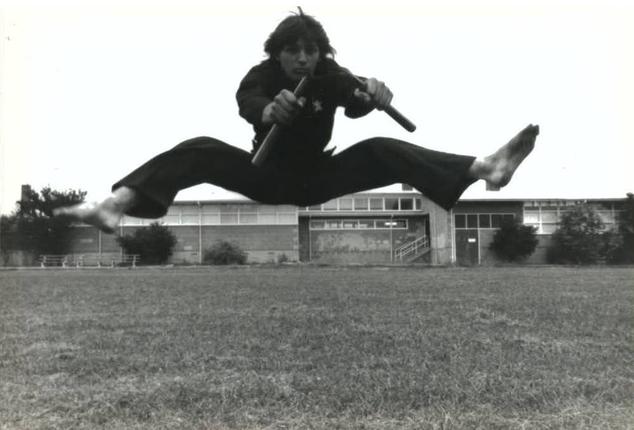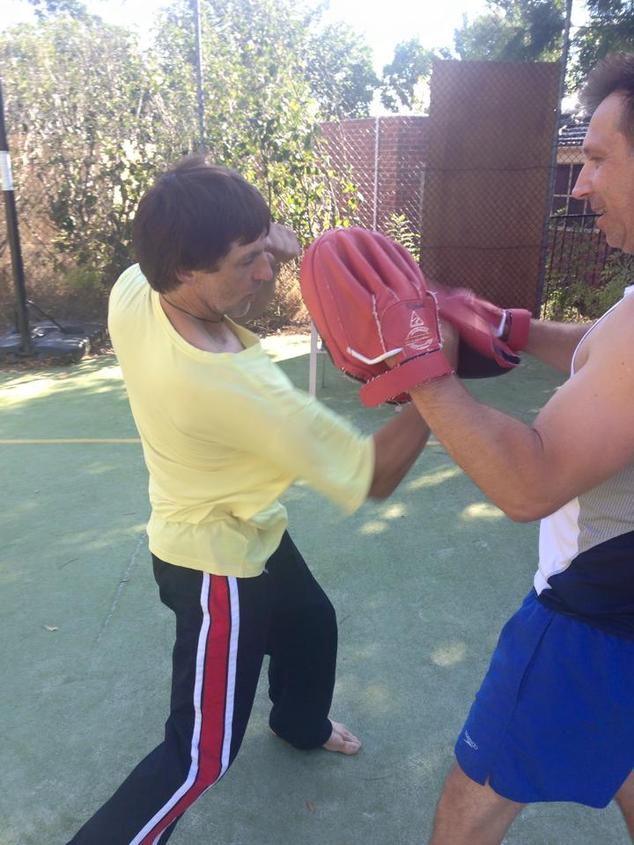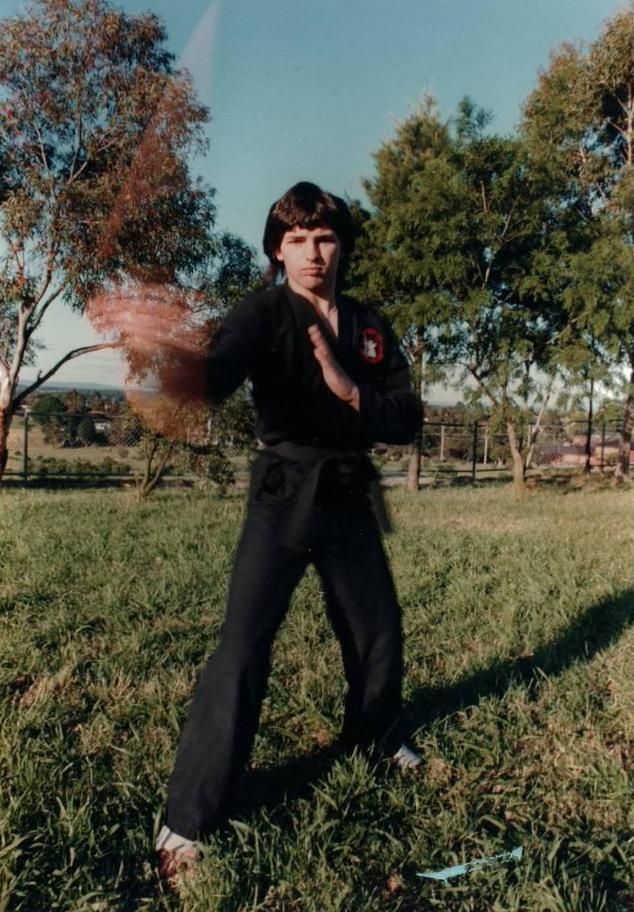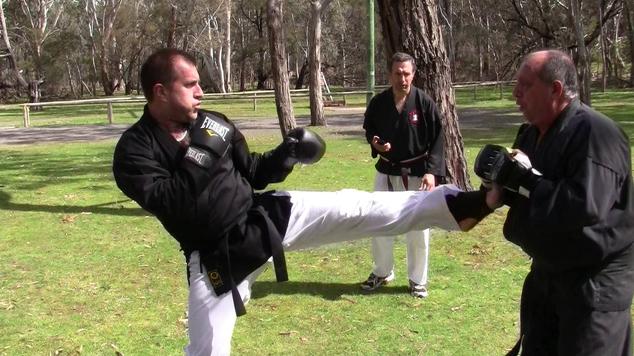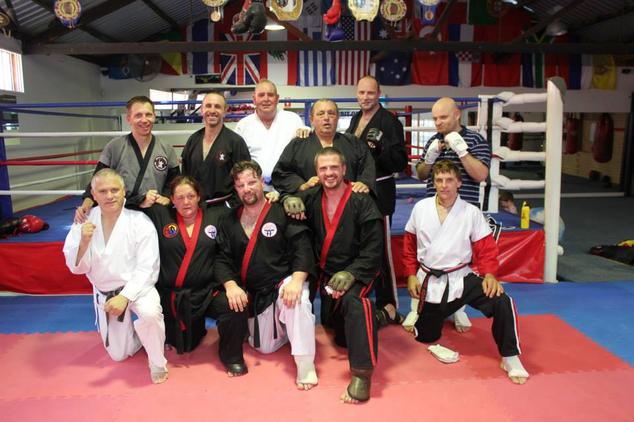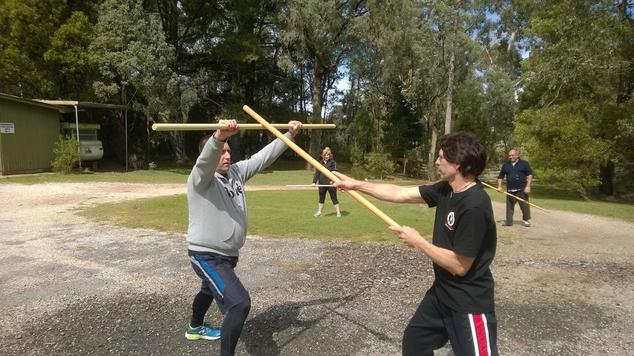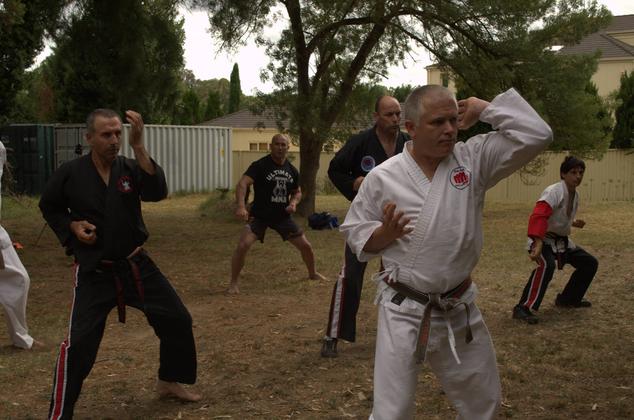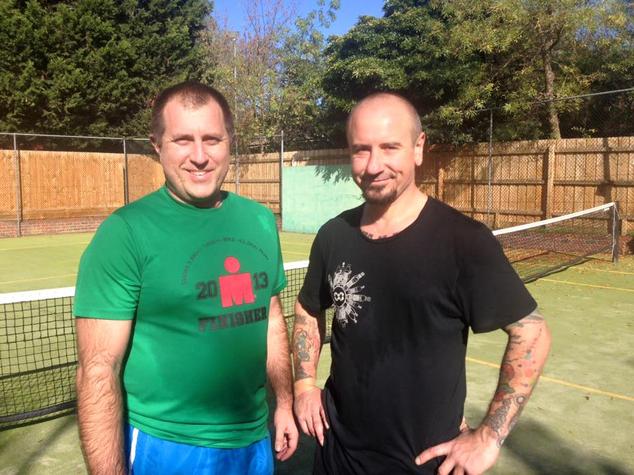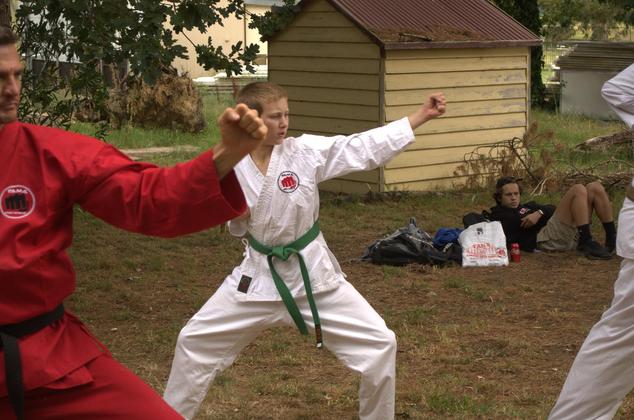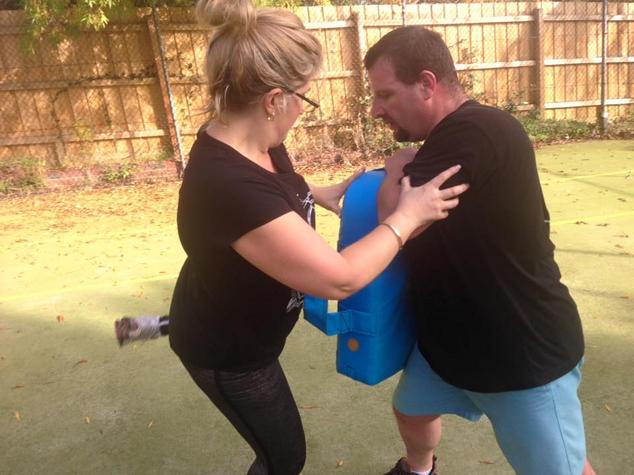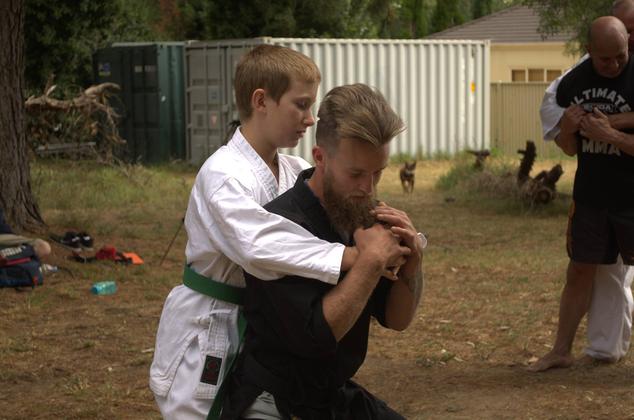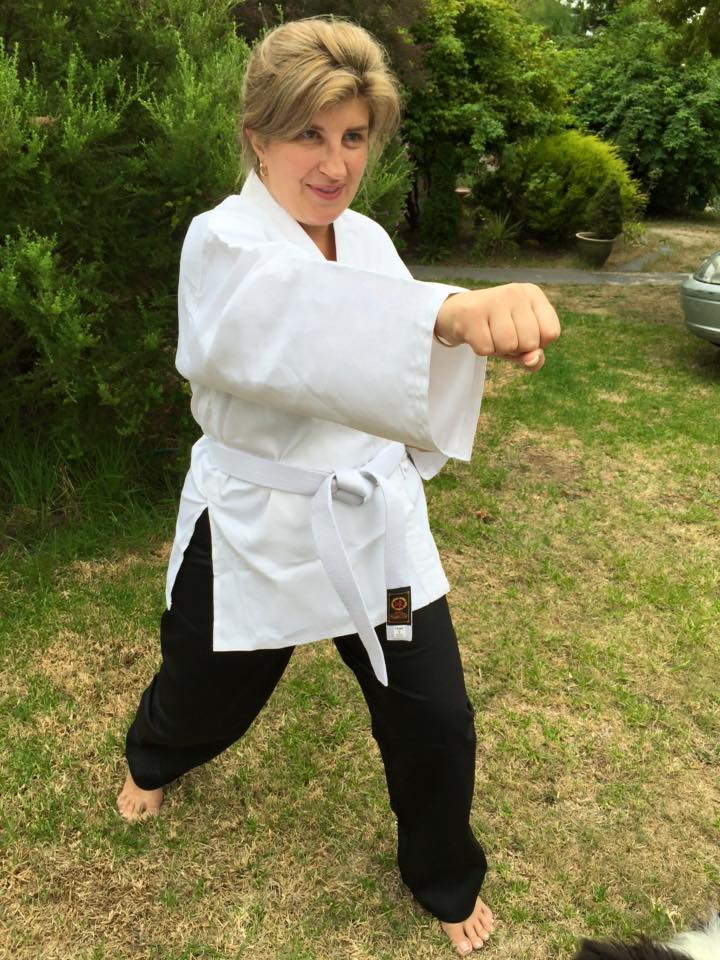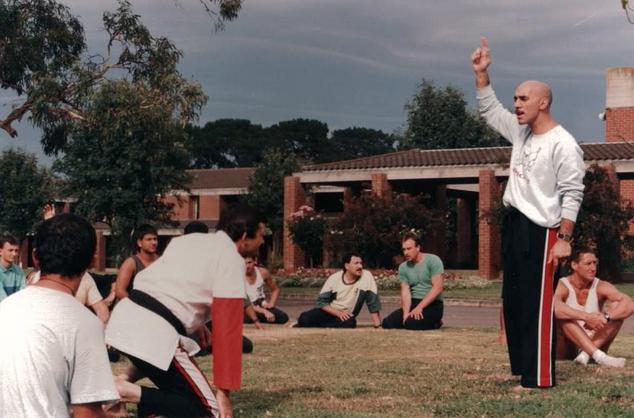Follow MEN, Get MAD, Do the DAD, and Learn to TIC
Fluid Adaption is a unique approach to personal development and growth that incorporates elements of martial arts, mindfulness, and adaptive learning. At the heart of this approach are four core principles that form the foundation of the practice: Follow MEN, Get MAD, Do the DAD, and Learn to TIC. These principles are encapsulated in a mnemonic phrase that helps practitioners remember and apply the key concepts of Fluid Adaption.
The first principle, Follow MEN, is about the developmental keys of Emergent Practice required for adaptive learning. MEN stands for Mindful focus on relational flow, Emergent approach to learning, and an understanding of the Nested Systems expressed as the integrated awareness of self, other, and environment. This principle emphasizes the importance of cultivating a mindful focus on the relationships between different aspects of the self and the world, and using an emergent approach to learning that allows for new insights and growth to emerge organically.
The second principle, Get MAD, refers to the principles of Active Engagement. This principle involves three simple rules that can be applied across the continuum of human interaction, from fostering therapeutic healing to surviving a-social violence. The rules of Active Engagement are: Move off line, Approach to engage, blend and Direct. These rules provide the basis for individual adaptation and group self-organization, guiding the development of richly complex and life-enhancing interconnected patterns of social interaction.
The third principle, Do the DAD, is the Tactical Intent of Fluid Adaption. DAD has two expressions: as tactics for combat and for healing. In combat, DAD stands for Disturb the balance, Amplify the disturbance, Disable the capacity for harm. In healing, DAD stands for Disturb rigid pattern, Amplify adaptive response, Dampen maladaptive response. This principle emphasizes the importance of adapting to changing circumstances and taking intentional action to create positive change.
The final principle, Learn to TIC, describes the contextual intent of adaptive practice. TIC stands for Targeting with Intent in Context. This principle emphasizes the importance of understanding the context in which one is operating and using this understanding to guide intentional action towards specific goals.
In conclusion, the four core principles of Fluid Adaption – Follow MEN, Get MAD, Do the DAD, and Learn to TIC – provide a comprehensive framework for personal development and growth, as well as a clear developmental, strategic, tactical and intentional approach for real world adaption, including self-defense. Whether you are looking to improve your physical skills, develop greater mindfulness and awareness, or cultivate a more adaptive and responsive approach to life, these principles provide a solid foundation for continued growth and mastery.

